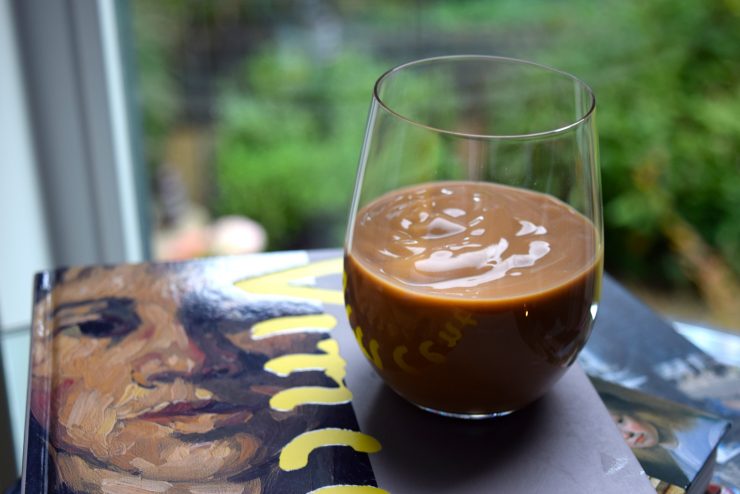
Observers of exports in European carbohydrate exotica will have noticed that the stroopwafel is now a specialty food staple. From Starbucks counters to Delta tray tables, from a cafe in Portland to a bakery in Brooklyn, that griddled disc of flour and syrup the Dutch have fashioned—essentially as an edible lid made tastily treacly when placed atop a steaming cup—is within the masses’ reach. Not that the stroopwafel has jumped the shark. It remains an ideal match for coffee, as Sprudge reported years ago. But if you’re looking to expand your repertoire, you should take note of these four quintessential Dutch delights, all of which are, whaddaya know, coffee-flavored.
Hagelslag
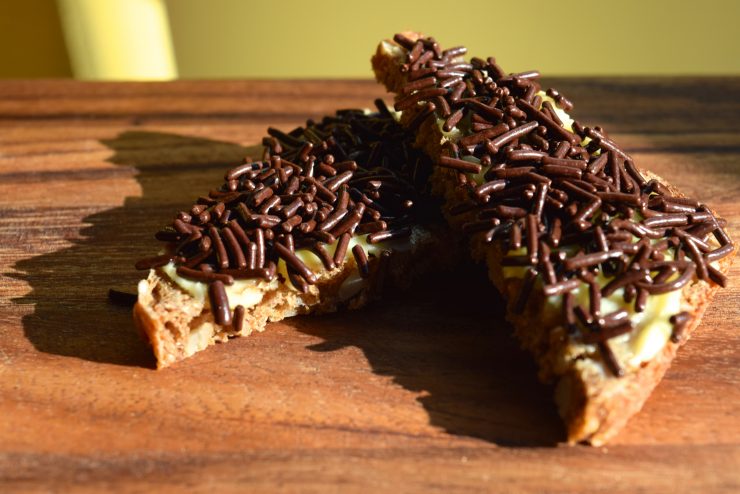
Americans would call them “sprinkles” and eat them on ice cream. But in the Netherlands, these little rods of chocolate confection are beloved bread bedazzlers. Less waxy than their transatlantic cousins, they often appear on toast made sticky with butter or peanut butter. The name “hagelslag” derives from the Dutch word for “hail” because, says one theory, an Amsterdam inventor thought them up on a frozen-rain-ridden day in 1919. In 2012, De Ruijter, the Netherlands’ longtime producer of broodbeleg (“bread toppings”), introduced its Koffie-Puur hagelslag. With no actual coffee listed among its ingredients, this won’t be a substitute for breakfast-time caffeine, but the “natural flavoring” that comes through is by all means mocha.
Hopjes
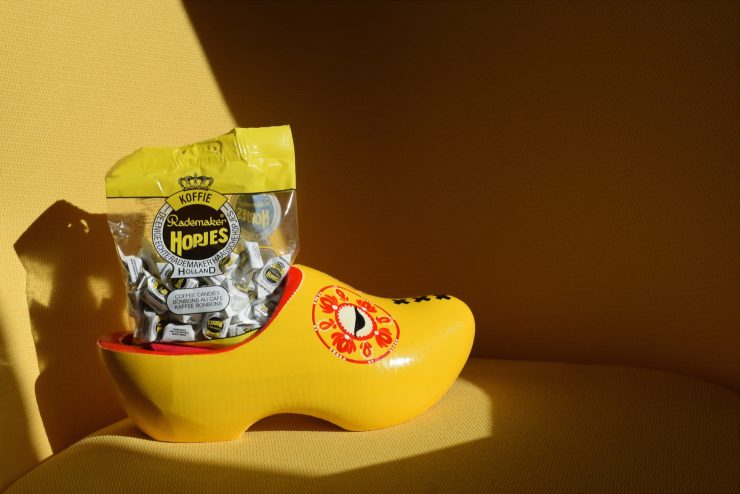
These hard candies are said to date back to 1792, taking their title from Baron Hendrik Hop of The Hague. According to Cloetta, their present-day Swedish manufacturer, Hop was a hardcore coffee fan not only because the drink honeyed his tongue for politicking at local coffeehouses, but because it was reportedly good for his gout. One morning, on retrieving his cup from alongside the fireplace, Hop found that the remainder of the prior night’s coffee, mixed as usual with rum and sugar, had become a thick mass—and he liked it! He headed to the nearest confectioner and requested coffee-flavored bonbons be made. And over two centuries later, “natural coffee flavoring (containing 0.2% coffee extract)” is in fact cited on bags of Rademaker Haagsche Hopjes. In the 1990s, The Hague even had a museum devoted solely to the little suckers.
Hopjes vla
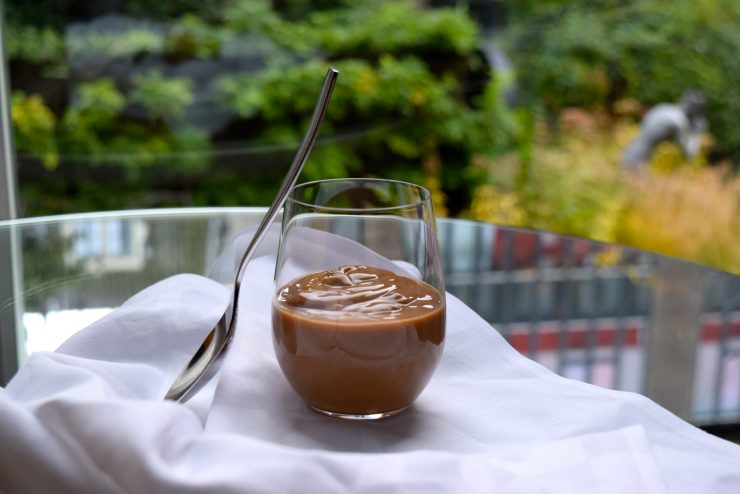
Knowing the history of “hopje”—today also simply a noun in the Dutch dictionary for a coffee-flavored candy—you can readily appreciate the cultural idiosyncrasy that is hopjes vla. But what is “vla”? This coagulated dessert akin to custard was once so precious it compelled the Dutch to adopt into their kitchen toolset the flessenlikker (literally “bottle licker”), a wand with a semi-circle-shaped tip to collect those bottom-dwelling dollops. Hopjes vla, unlike its namesake sweets, does not include coffee extract in its ingredients, and yet many who do dairy say ja to this very vla.
Kruidnoten
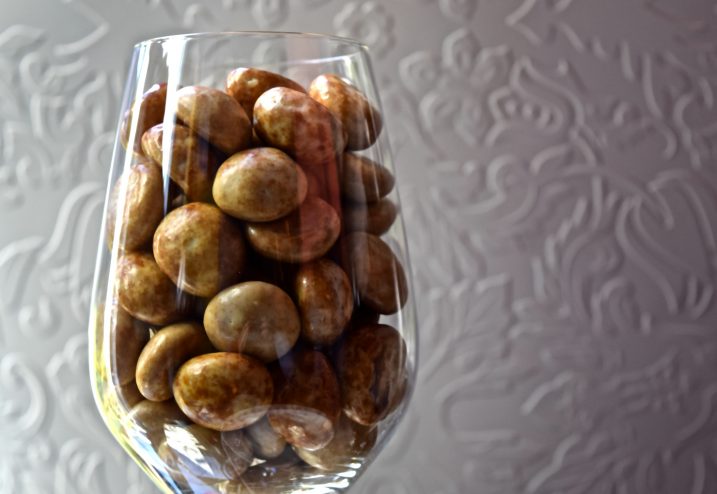
Kruidnoten herald Sinterklaas, the Dutch holiday protagonist inspired by Saint Nicholas, whose feast day is celebrated each year on December 5. The single bite-size speculaas cookies are crunchier than their anise-seasoned sister kibble, pepernoten, and sometimes come chocolate-covered. Lately, they have begun showing up with more mature shellacs. Irish Coffee and Cappuccino varieties are made by Van Delft, which has been “Sinterklaas’ main supplier” since 1880, claims the company. Neither contains coffee (nor whiskey), and their marbleized taupe exteriors rather evoke mushroom caps, but their taste—of spices (“kruiden”) and giddy-making amounts of sugar—do yell Yuletide. A Cappuccino Crunch version has been on the market since last year courtesy of Dutch discount retailer HEMA, which now has branches across the Benelux, Germany, the UK, Spain, and France. So if there’s one thing that’s certain: cappuccino kruidnoten are creeping. Soon you may find them, among other Dutch coffee-flavored treats, in your own cupboard.
Karina Hof is a Sprudge staff writer based in Amsterdam. Read more Karina Hof on Sprudge.
The post Dutch Treats: The Many Coffee Candies Of The Netherlands appeared first on Sprudge.

